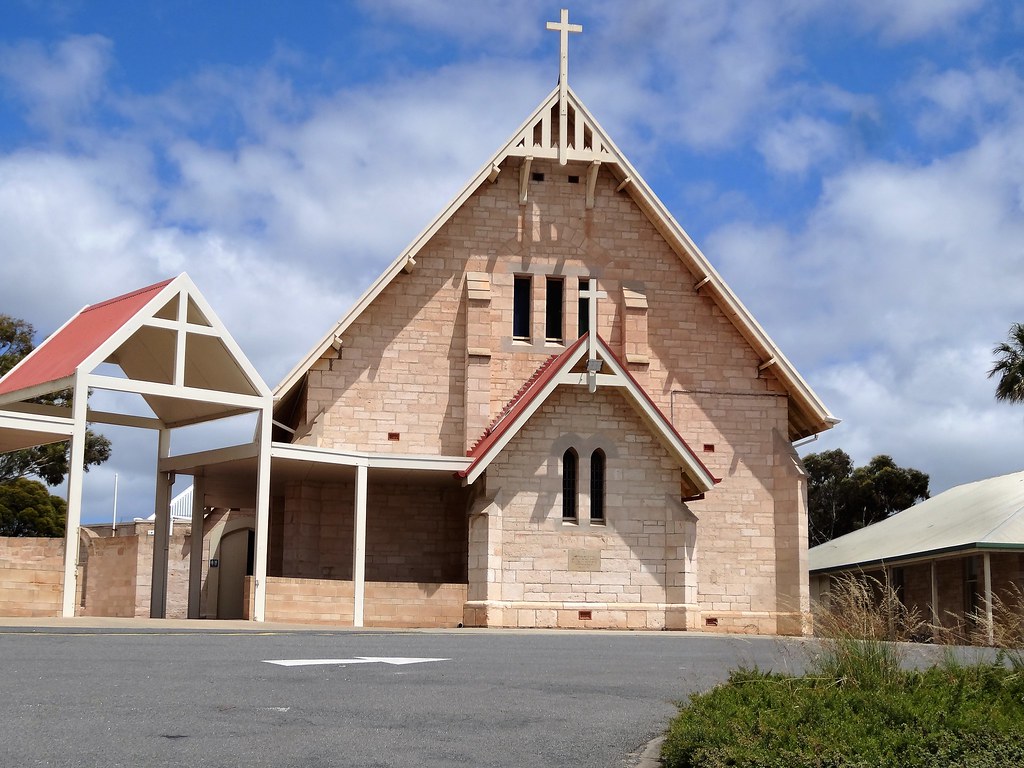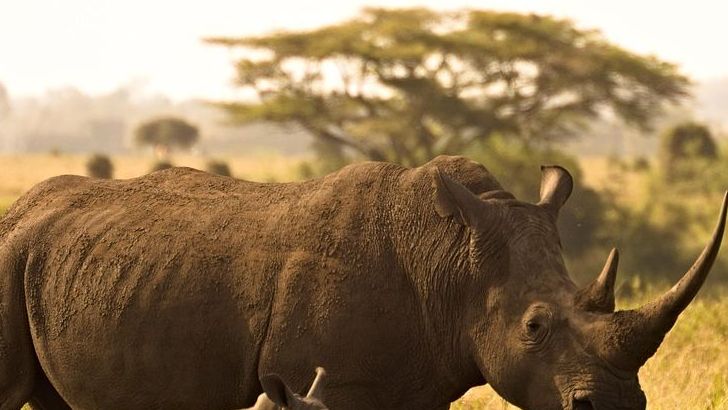A Turning Point in Holocaust Remembrance (Image Credits: Unsplash)
Jerusalem – In the hallowed spaces where echoes of the past linger under soft, diffused light, a monumental effort to reclaim identities from the shadows of horror reaches a poignant peak.
A Turning Point in Holocaust Remembrance
Imagine piecing together a puzzle where millions of fragments vanished into oblivion. That’s the reality Yad Vashem has confronted for years. On this day in 2025, the institution announced a staggering achievement: the identification of 5 million names of Jewish victims from the Holocaust.
This milestone marks a profound step forward. For so long, families like that of Hinda Koza-Culp held onto faded photos and fragmented tales of lost relatives. Now, through tireless research, those stories gain clarity and permanence.
It’s not just numbers; it’s a restoration of humanity. Each name recovered honors a life that the Nazis sought to erase.
The Heart Behind the Database
At the core of this work lies the Central Database of Shoah Victims’ Names, launched by Yad Vashem back in 2004. What started as a digital archive has grown into a global repository, drawing from survivor testimonies, historical records, and community submissions worldwide.
Today, it holds details on nearly 5 million individuals, from birthplaces in Eastern Europe to fates in concentration camps. Volunteers and researchers sift through documents in languages long forgotten, ensuring no story slips away unnoticed.
This isn’t abstract history. It’s personal – think of a child discovering a grandparent’s entry, suddenly bridging generations.
Technology Joins the Search
Artificial intelligence has stepped in as an unlikely ally. Yad Vashem now uses machine learning to scan vast troves of documents, spotting patterns in handwriting and faded ink that humans might miss.
Experts predict this could add another 250,000 names in the coming years. From scanned lists of deportations to eyewitness accounts, AI accelerates the process without losing the human touch.
Still, it’s the dedication of historians that guides these tools, turning cold data into warm remembrances.
Stories That Bring Names to Life
Take the Urbach family, deported from Drancy in 1944. Through the database, survivors Perla and Rosa found their place in history, while the fates of others like David and Regine came into focus.
Or consider the Pinkert family, victims of the Babi Yar massacre. Yad Vashem’s efforts ensure Velvele Valentin’s name endures, a quiet defiance against mass atrocities.
These narratives remind us that behind every statistic pulses a unique existence – loves, fears, and dreams interrupted too soon.
Gathering Names: A Global Effort
Yad Vashem collaborates with institutions across continents. Partners include the US Holocaust Memorial Museum, JewishGen, and archives in Germany and Latvia, pooling resources to fill gaps.
Here’s how they collect these vital records:
- Pages of Testimony submitted by survivors or descendants.
- Historical documents from camps like Auschwitz and Ravensbrück.
- Community projects in places like Lithuania and Slovakia.
- Digital scans of pre-war censuses and synagogue records.
- Interviews with aging witnesses before their stories fade.
This network turns solitary searches into a collective memory, stronger together.
The Road to Six Million
One million names remain elusive, scattered in unindexed files or oral histories yet to surface. Yad Vashem aims to commemorate all six million by 2029, though some may stay lost forever.
Challenges persist – damaged records, language barriers, and the passage of time. Yet optimism fuels the work, with AI promising breakthroughs.
A simple table highlights the progress:
| Year | Names Identified |
|---|---|
| 2004 | ~3 million |
| 2010 | 4 million |
| 2025 | 5 million |
Each increment reflects lives reclaimed from anonymity.
Key Takeaways
- Yad Vashem’s database now honors 5 million victims, a testament to persistent research.
- AI tools are set to uncover 250,000 more names from millions of documents.
- Every name recovered restores dignity and connects families across time.
As we stand at this threshold, the true power of remembrance shines through – not in forgetting the darkness, but in illuminating the light of those who perished. What stories from your own history might you uncover next? Share in the comments below.






